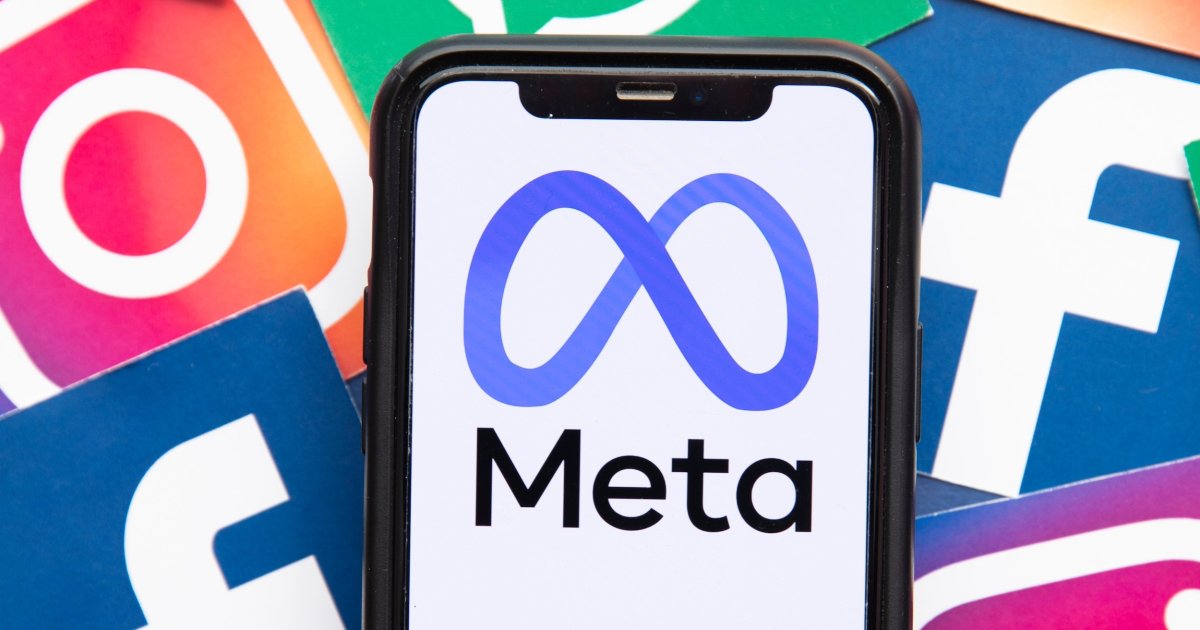Key points:
Finding accurate information has long been a cornerstone skill of librarianship and classroom research instruction. When cleaning up some materials on a backup drive, I came across an article I wrote for the September/October 1997 issue of Book Report, a journal directed to secondary school librarians. A generation ago, “asking the librarian” was a typical and often necessary part of a student’s research process. The digital tide has swept in new tools, habits, and expectations. Today’s students rarely line up at the reference desk. Instead, they consult their phones, generative AI bots, and smart search engines that promise answers in seconds. However, educators still need to teach students the ability to be critical consumers of information, whether produced by humans or generated by AI tools.
Teachers haven’t stopped assigning projects on wolves, genetic engineering, drug abuse, or the Harlem Renaissance, but the way students approach those assignments has changed dramatically. They no longer just “surf the web.” Now, they engage with systems that summarize, synthesize, and even generate research responses in real time.
In 1997, a keyword search might yield a quirky mix of werewolves, punk bands, and obscure town names alongside academic content. Today, a student may receive a paragraph-long summary, complete with citations, created by a generative AI tool trained on billions of documents. To an eighth grader, if the answer looks polished and is labeled “AI-generated,” it must be true. Students must be taught how AI can hallucinate or simply be wrong at times.
This presents new challenges, and opportunities, for K-12 educators and librarians in helping students evaluate the validity, purpose, and ethics of the information they encounter. The stakes are higher. The tools are smarter. The educator’s role is more important than ever.
Teaching the new core four
To help students become critical consumers of information, educators must still emphasize four essential evaluative criteria, but these must now be framed in the context of AI-generated content and advanced search systems.
1. The purpose of the information (and the algorithm behind it)
Students must learn to question not just why a source was created, but why it was shown to them. Is the site, snippet, or AI summary trying to inform, sell, persuade, or entertain? Was it prioritized by an algorithm tuned for clicks or accuracy?
A modern extension of this conversation includes:
- Was the response written or summarized by a generative AI tool?
- Was the site boosted due to paid promotion or engagement metrics?
- Does the tool used (e.g., ChatGPT, Claude, Perplexity, or Google’s Gemini) cite sources, and can those be verified?
Understanding both the purpose of the content and the function of the tool retrieving it is now a dual responsibility.
2. The credibility of the author (and the credibility of the model)
Students still need to ask: Who created this content? Are they an expert? Do they cite reliable sources? They must also ask:
- Is this original content or AI-generated text?
- If it’s from an AI, what sources was it trained on?
- What biases may be embedded in the model itself?
Today’s research often begins with a chatbot that cannot cite its sources or verify the truth of its outputs. That makes teaching students to trace information to original sources even more essential.
3. The currency of the information (and its training data)
Students still need to check when something was written or last updated. However, in the AI era, students must understand the cutoff dates of training datasets and whether search tools are connected to real-time information. For example:
- ChatGPT’s free version (as of early 2025) may only contain information up to mid-2023.
- A deep search tool might include academic preprints from 2024, but not peer-reviewed journal articles published yesterday.
- Most tools do not include digitized historical data that is still in manuscript form. It is available in a digital format, but potentially not yet fully useful data.
This time gap matters, especially for fast-changing topics like public health, technology, or current events.
4. The wording and framing of results
The title of a website or academic article still matters, but now we must attend to the framing of AI summaries and search result snippets. Are search terms being refined, biased, or manipulated by algorithms to match popular phrasing? Is an AI paraphrasing a source in a way that distorts its meaning? Students must be taught to:
- Compare summaries to full texts
- Use advanced search features to control for relevance
- Recognize tone, bias, and framing in both AI-generated and human-authored materials
Beyond the internet: Print, databases, and librarians still matter
It is more tempting than ever to rely solely on the internet, or now, on an AI chatbot, for answers. Just as in 1997, the best sources are not always the fastest or easiest to use.
Finding the capital of India on ChatGPT may feel efficient, but cross-checking it in an almanac or reliable encyclopedia reinforces source triangulation. Similarly, viewing a photo of the first atomic bomb on a curated database like the National Archives provides more reliable context than pulling it from a random search result. With deepfake photographs proliferating the internet, using a reputable image data base is essential, and students must be taught how and where to find such resources.
Additionally, teachers can encourage students to seek balance by using:
- Print sources
- Subscription-based academic databases
- Digital repositories curated by librarians
- Expert-verified AI research assistants like Elicit or Consensus
One effective strategy is the continued use of research pathfinders that list sources across multiple formats: books, journals, curated websites, and trusted AI tools. Encouraging assignments that require diverse sources and source types helps to build research resilience.
Internet-only assignments: Still a trap
Then as now, it’s unwise to require students to use only specific sources, or only generative AI, for research. A well-rounded approach promotes information gathering from all potentially useful and reliable sources, as well as information fluency.
Students must be taught to move beyond the first AI response or web result, so they build the essential skills in:
- Deep reading
- Source evaluation
- Contextual comparison
- Critical synthesis
Teachers should avoid giving assignments that limit students to a single source type, especially AI. Instead, they should prompt students to explain why they selected a particular source, how they verified its claims, and what alternative viewpoints they encountered.
Ethical AI use and academic integrity
Generative AI tools introduce powerful possibilities including significant reductions, as well as a new frontier of plagiarism and uncritical thinking. If a student submits a summary produced by ChatGPT without review or citation, have they truly learned anything? Do they even understand the content?
To combat this, schools must:
- Update academic integrity policies to address the use of generative AI including clear direction to students as to when and when not to use such tools.
- Teach citation standards for AI-generated content
- Encourage original analysis and synthesis, not just copying and pasting answers
A responsible prompt might be: “Use a generative AI tool to locate sources, but summarize their arguments in your own words, and cite them directly.”
In closing: The librarian’s role is more critical than ever
Today’s information landscape is more complex and powerful than ever, but more prone to automation errors, biases, and superficiality. Students need more than access; they need guidance. That is where the school librarian, media specialist, and digitally literate teacher must collaborate to ensure students are fully prepared for our data-rich world.
While the tools have evolved, from card catalogs to Google searches to AI copilots, the fundamental need remains to teach students to ask good questions, evaluate what they find, and think deeply about what they believe. Some things haven’t changed–just like in 1997, the best advice to conclude a lesson on research remains, “And if you need help, ask a librarian.”
Dr. Steve Baule is a faculty member at
Winona State University (WSU), where he teaches in the Leadership Education Department. Prior to joining WSU, Baule spent 28 years in K-12 school systems in Illinois, Indiana, and Iowa, and two years teaching in the University of Wisconsin System. For the 13 years prior to moving to the university level, Baule served as a public -school superintendent. He has written 10 books on a variety of educational and historical topics and has served on the editorial boards for two journals. Baule earned an advanced diversity and equity certificate while in the UW system. He holds a doctorate in instructional technology from Northern Illinois University and a doctorate in educational leadership and policy studies from Loyola University Chicago.
Baule’s scholarly interests focus on online student engagement, educational technology– particularly the impact of 1:1 implementations, social-emotional learning, and the history of education. Baule led several efforts to improve student emotional health and reduce discipline issues prior to moving into higher education. He also writes on aspects of early American history.
Baule has held memberships in the American Association of School Administrators, the American Library Association, the American Association of School Librarians, the Association for Supervision and Curriculum Development, the Consortium for School Networking, the International Association of School Librarians, the National Association of Secondary School Principals, the National Staff Development Council, and many of their state affiliates. He has served as a consultant in the areas of educational technology, facilities design, library program development, team building, and communications.
Latest posts by Steven M. Baule, Ed.D., Ph.D.
(see all)










